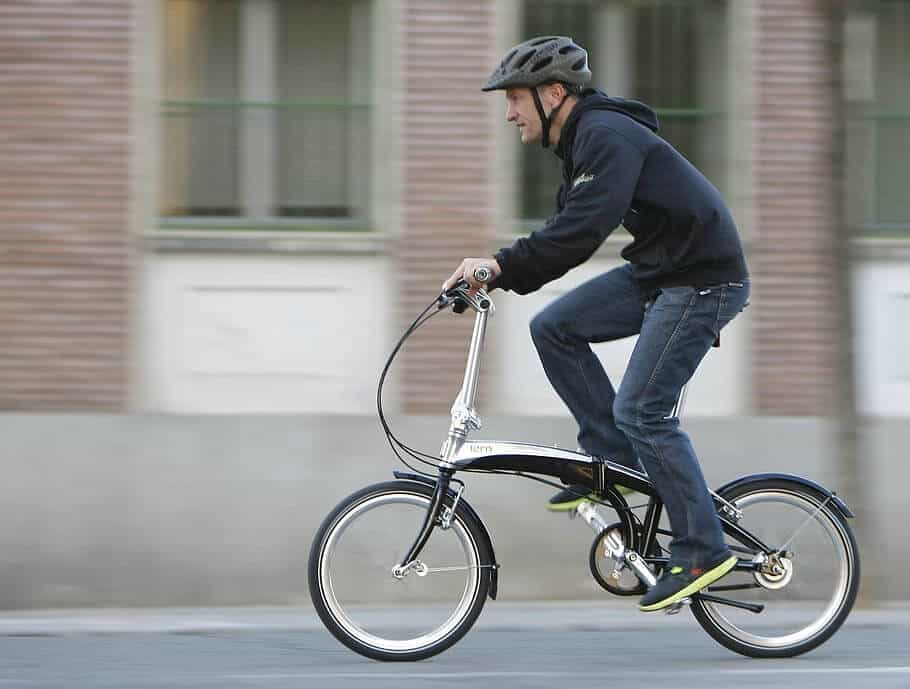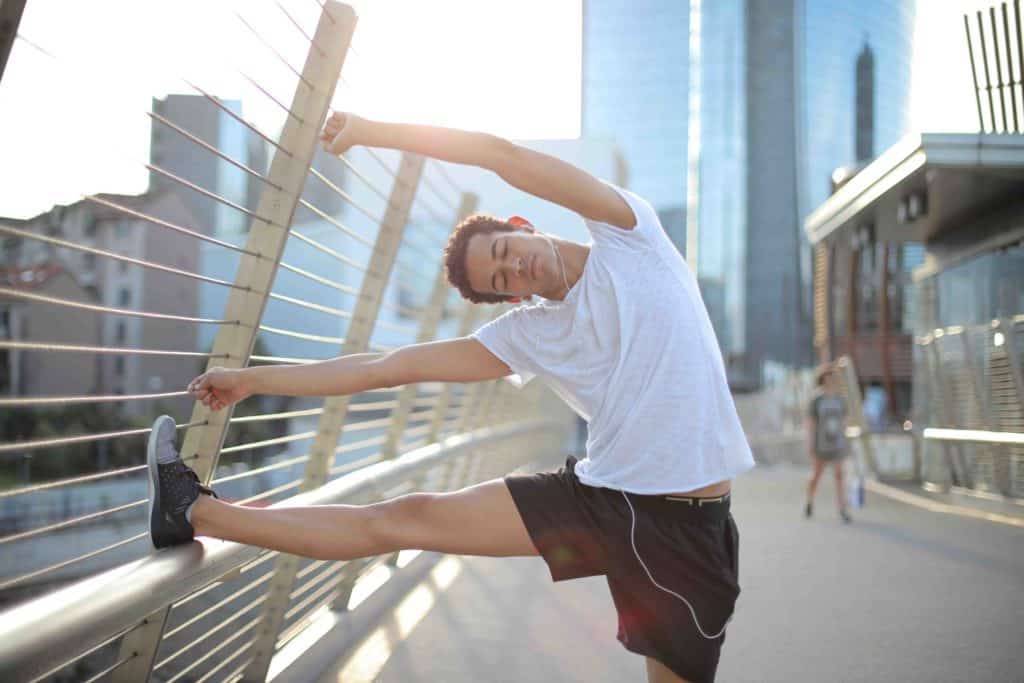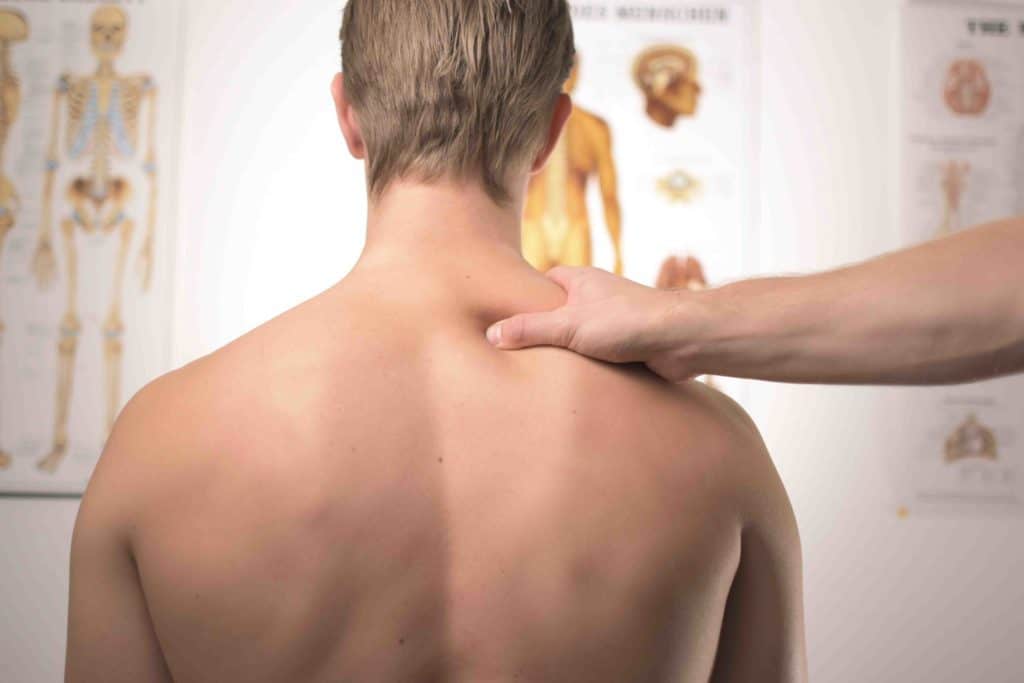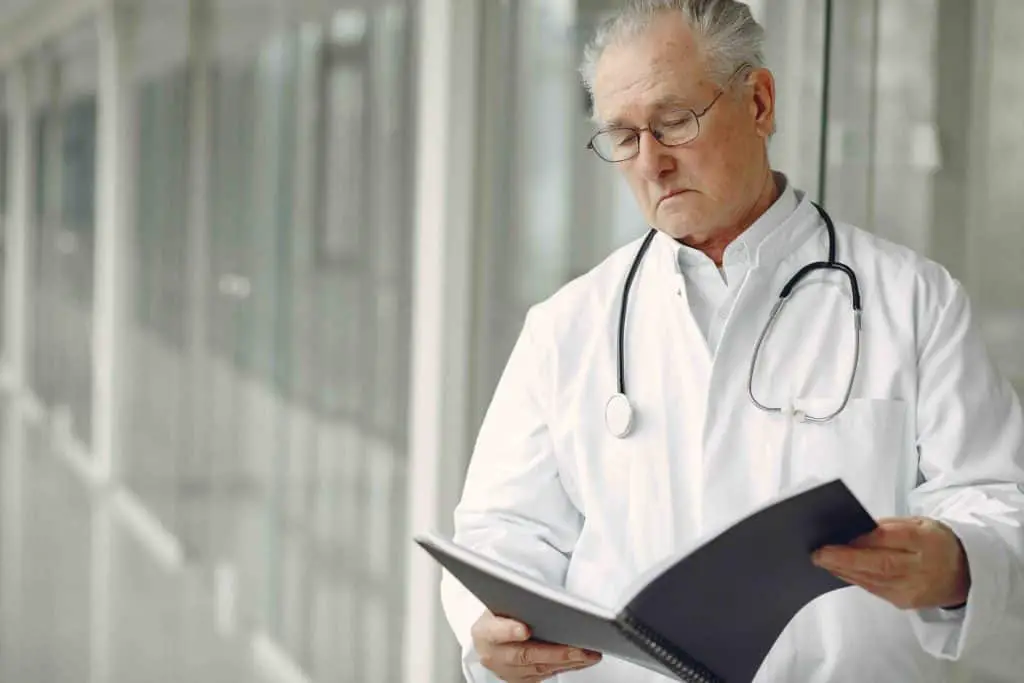
There are many people out there who take on the world by bike. Cycling is one of the most popular options for physical activity and it’s also commonly combined with — surprise, surprise — eco-friendly transportation as well. However, if you’ve spent any amount of time cycling, you may be familiar with cycling-related lower back pain. As the title suggests, this is lower back pain that is connected specifically with regular time spent on a bicycle. If you find yourself struggling with this now more than you used, it might be time to take a look at what’s going on behind the symptoms. Proper understanding of what causes this distinctive pain in cyclists, as well as what to do about it is going to help you get back out on the road to take in the sights, good as new.
What causes lower back pain for cyclists?
Pain is organic and it tends to be different for each particular person. That’s why understanding the cause of back pain in cyclists is first about finding the general reason why you could be experiencing it in the first place. Here are some of the most common causes why you might be feeling the twinge:
- Improper bicycle size
- improper bicycle adjustments
- improper posture
- Having pre-existing injuries
An ill-fitting bike
Much like clothing, bikes are not “one size fit all”. Sure, as a child you probably got hand-me-downs and you make those work because you were constantly growing, but cycling seriously requires a proper fit. When you are choosing your bike, go to a professional shop that will help size you properly for a bike and also get familiar with what different elements go into calculating that right fit. For example, one of the issues that can be calculated for with a proper fitted bicycle is leg length discrepancies (LLD). This is a condition in which one leg is longer than the other (typically up to 6 mm) and is very common. A trustworthy specialty bike shop will help to accommodate that and make sure that your bike fits work with that. If your LLD is larger than that, they’ll also be able to help you out to make sure that your slightly shorter leg’s knee and ankle are not taking extra strain.
The height and/or angle of the seat
Similar to the bike choice, you also will need to make sure that all of the elements of the bike itself are fitting you properly. Common issues are the height and angle of the seat, as well as the distance between the seat stem and the handlebars. The seat — commonly referred to by cyclists as the saddle — must be adjusted for height, first, to make sure that your hips are not rocking needlessly back and forth. If they are, due to the wrong height, it puts a lot of strain on your lower back. Ideally, the seat should be set at such a height that you have only a slight bend in the knee when your foot reaches a 6 o’clock position. If you find that your leg is totally straight, lower your seat down until you get to the slight bend you’re looking for. As for angle, you should not feel as though you need to lean forward just to rotate through the pedal’s cycle. It should be comfortable for you to sit up straight without losing your balance. The other issue is the fit and distance between the handlebars and seat. This distance should be carefully measured — along with the height of the handlebars — to make sure that you are in the right position on the bike to prevent strain and posture issues that will cause more pain and discomfort. By getting the handle bars high enough, you’ll be able to hold a comfortable and upright position to keep you from bending forward and putting strain on your back unnecessarily. Again, a professional will be able to help with this.
Your posture
Another detail with your bike has to do with how you actually ride your bike itself. This could be from the fit of the bike, but it could also be due issues such as poor spinal health that cause you to have to hold yourself differently on the bike. Another factor could be fatigue from taking on too much at one time (more on that later). If you are someone who spends a lot of time sitting, such as an office workers, your back will be taking a lot of strain already. That, combined with cycling, can lead to poor spinal health that may result in premature and chronic pain in the lower back. A tired and over-strained back is a sore back, after all. Similarly, if you have poor posture in general (as many do), this will also mean that your cycling posture may suffer before you even get on the bike. As any professional athlete will tell you, posture and learning how to hold yourself properly on the bike itself (including changes in terrain) will help you protect your back’s health as much as possible.

Preexisting injuries or weaknesses
Similar to your posture, any kind of weaknesses or injuries that you have to your back or legs may also cause pain in the lower back. This could be having a deficiency or weakness in one side of your body and dominance in the other. Or, it could be an old spinal or leg injury that means your movement is a little different from what the ideal cycling posture should be. This means that your lower back will take the strain faster than the average person without an injury or deficiency.
While these are some of the most common causes of lower back pain in cyclists, it is not a complete list. If all of these turn out to not be an issue for you personally, you may want to take a look at a few more person-specific causes of back pain by talking to a specialist.
Treatment options for lower back pain
So now that you know why your back is giving you so much pain and discomfort, you get to start taking charge over your life again so that you can get back out there and enjoy your time on your bike as much as possible. Firstly, if you’ve found that the cause is your bike’s fit, it’s as simple as consulting with a professional to help you adapt your current bike, or getting a new one if you need to. If your lower back pain is cycling-related in terms of injuries or weaknesses, those also have great treatment options available to make the most out of your body’s well-being. Here are some great tips:
Proper stretches before and after
There’s a reason why your physical education teacher made you stretch before and after your gym class! When it comes to cycling, you’ll want to stretch properly, particularly when it comes to those hamstrings. Using a foam roller or just your hands, work your hamstrings to be as loose as possible before, and then do the same thing after. Loose, flexible hamstrings means that you’ll be able to keep your hip from pulling down and creating lower back pain. Other than these stretches, you’ll find regular yoga sessions — particularly those that focus on core exercises — will help your body feel stronger and limber enough to be comfortable on regular bike rides. Core exercises will help give you stability throughout the body which will help you enjoy better flexibility and posture. You can find all sorts of great stretches online to help work on your core.

Cycle in stages
As mentioned briefly before, there are a lot of injuries and pain in the lower back for cyclists associated with simply taking on too much, too soon. Cycling takes a lot out of your body physically and if you are not used to cycling for longer than fifteen minutes in perfect conditions and terrain, going out for an hour-long ride with hills and other fluctuations is going to tire you out. The more fatigued you get, the more your muscle movement is going to change to adapt to that fatigue. As your legs tire out and get sore, beginner cyclists will lean forward to alleviate it and this creates more pull in the back, causing lower back pain. You can find programs that are designed to help you get your body used to cycling so that this doesn’t become a problem. This could be a schedule for time and location, and it also often involves something like training in your home or at the gym on a stationary bike to help build up your endurance. Combine this with other workouts and stretches like yoga or Pilates, and your body will be prepared to protect itself from premature fatigue when you finally put tires to the ground.
Physical therapy or massage therapy
After an injury, you often will go through physical therapy. If you have a pre-existing injury or you have a muscle deficiency on one side of your body, physical therapy can help you earn strength back where it is most needed. A lot of times, physical therapists can help you understand and work with your body so that you are able to enjoy cycling and still make sure that you are preventing yourself from further injury. Physical therapy will often offer lower back pain cycling stretches to do at home there will help strengthen the spine and its stabilizing muscles, as well as release discomfort and promote flexibility. These will help make your cycling much more comfortable and will help prevent future pain. Massage therapy can also be helpful in strengthening your muscles by promoting proper blood circulation to relieve muscle pain and tension, and also help release those “feel good” hormones which can help you get some rest and feel like your body is in good shape. Massage therapy can also be used in combination with physical therapy to aid in healing and recovery, so it’s a great solution to consider for stronger and healthier spinal comfort in general.

Medications for pain management
In our modern-day and age there are all sorts of great options for pain management. You can go wit standard pain pills, or alternative natural options, or a combination of the two. Some will change between options depending on the level of pain as well as how long-term it is. If you are managing an injury or significant back pain, the general first course of action is to rest and use heat or cold therapies. It’s still okay to do light exercise, but heavy exercise should be avoided while your back recovers from the strain. Often, this is combined with topical creams or OTC pain medications such as ibuprofen as well. After a week or two has passed, you may be able to get back on your bike and be pain-free. Or you may need more advanced treatment.
Medical intervention
If you’ve done the rest and recovery and physical therapy with massage therapy, and made sure that your bike fit and posture are correct, it’s possible that dealing with lower back pain for you may be something that requires medical intervention. One more serious pain management option could be low dosages of antidepressants, which are thought to help relieve back pain long-term. For more severe cases of lower back pain, or when the pain radiates up the back or down the leg, making life difficult even off the bike, cortisone injections can help decrease inflammation locally and offer relief. This can also be combined with strong medications such as narcotic drugs for short periods and even muscle relaxants. If you are to the point where you feel like your back pain is impacting your life, it’s important that you get medical intervention in the form of your family doctor or general practitioner. From there, they’ll be able to recommend the right treatment option for you specifically.

Take back pain seriously
While sometimes cycling can be good for lower back pain — it helps strengthen muscles and promote blood circulation — it can also cause more back pain or exacerbate a pre-existing condition. There are two types of pain that you may experience in your back: good pain and bad pain.
Good pain
This is general soreness in varying degrees after a ride on your bike. This is easily curbed with stretches or light exercise and is gone after a day or two at the most. This feels sore and can definitely be painful, but it’s manageable.
Bad pain
This is sharp pain that makes you feel like you can’t move properly or that you have to pop pain pills before you try to get out of bed, up from a chair, or other daily movements.
Understanding the difference between these kinds of pain and when you can push yourself versus when you can’t, is going to help you make sure that your back pain stays manageable. Good pain fades over time with use and proper scheduling. Bad pain will stay even when you are taking proper care of yourself and doing everything you should be.
Cycling is fun and it is a great exercise for your body as a whole (not to mention it’s great for the earth!), but cycling-related lower back pain is important to diagnose, understand, and rectify to help you keep your sessions as pain-free and as generally comfortable as possible. Treatment and solutions are available to help you be at your best. All you need to do is find the right avenue for your back’s needs! By taking your pain seriously, as well as its treatment, you’ll equip yourself to be back out on your bike again before you know it!

